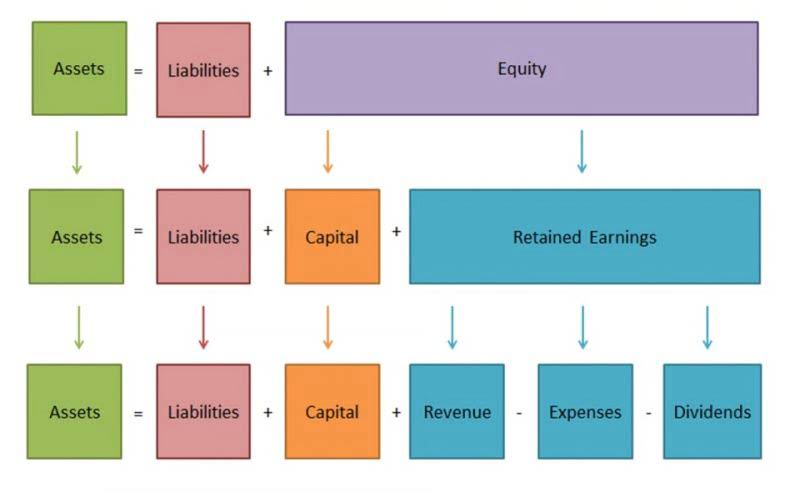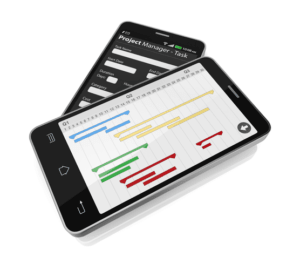It protects against overspending, improves decision-making, and ensures compliance with both internal policies and external regulations. Think of expense management as one piece of the larger spend management puzzle. While https://www.soraautomatizari.ro/2021/01/15/mastering-unearned-revenue-essential-accounting-2/ expense management typically focuses on employee-initiated purchases, spend management takes a broader view—one that includes procurement, vendor payments, and strategic sourcing. It’s a company-wide view of how money moves, not just a workflow for reimbursement. For many companies, expense management still means spreadsheets, email threads, and paper receipts. That might work for a five-person startup, but once you have multiple teams, locations, and spend categories, the cracks start to show—fast.
What to remember while choosing the expense management software?

Selecting the right expense management software for your business requires the perfect blend of functionality, ease of use, efficiency, and more. How to Invoice as a Freelancer In short, Keka’s robust features make it an ideal choice for organizations keen to optimize their expense management, maintain compliance, and enhance employee experience. Keka’s expense management automatically syncs with its payroll module, ensuring timely, accurate reimbursements.
Travel & Expense (T&E) examples
- It looks quite simple, but in reality, there are challenges at each step of the process that pose severe threats to the business’s stability and growth if not done right.
- Therefore, managing the cost of processing expenses can affect an organization’s bottom line, and if it is not addressed correctly, the effect can be damaging.
- These technologies power smart receipt scanning, real-time fraud detection, and personalized insights based on historical spend behavior.
- So, with all these challenges it’s quite clear that an automated expense management system is essential for companies of all sizes, from startups to large enterprises.
- By investing in effective expense management tools, organisations can enhance visibility into spending, streamline reimbursement processes, and ensure compliance with company policies.
Moon Invoice transforms the invoicing process in a way that allows you to easily generate and track invoices in the blink of an eye. Designed for growth-oriented businesses, Moon Invoice alleviates the burden of managing business finances. In an economy where business survival depends on cost efficiency, solutions expense management definition like Duplo help enterprises plug financial leakages and drive profitability. Multi-level approval workflows ensure expenses are reviewed efficiently, without unnecessary delays. Expense management tools that don’t integrate with accounting software lead to data mismatches and inefficiencies. Now that you’ve completed the research stage, it’s time to choose a budgeting and business management system and move forward to implementation.

Die besten Expense Management Tools für den Mittelstand
- If you have daily allowances, weekly budgets, or travel expenses, you can get better control over your employee spending by setting custom limits on their corporate credit cards.
- Below are a few things you need to remember while choosing expense management software.
- The technology expense management process helps organizations track technology and glean valuable insight into the efficiency and functionality of all their tech-related purchases.
- For many companies, expense management still means spreadsheets, email threads, and paper receipts.
- Furthermore, delays in expense reimbursement can complicate financial reporting and budgeting.
- By implementing a policy, you can establish a culture of financial accountability, empowering employees to make informed spending decisions.
- Brex is an expense management software designed to help businesses track and manage their expenses.
An alternative definition is that an expense is the reduction in value of an asset as it is used to generate revenue. If the underlying asset is to be used over a long period of time, the expense takes the form of depreciation, and is charged ratably over the useful life of the asset. If the expense is for an immediately consumed item, such as a salary, then it is usually charged to expense as incurred. To better understand expense management, let’s address some frequently asked questions.

Predictive Analytics and Budget Forecasting:

It can be used to monitor compliance with company policies, such as setting spending limits or prohibiting certain types of purchases. By integrating with payroll software, DivvyPay can automatically calculate the amount employees owe for business expenses. The software also allows users to create budgets, manage invoices, and generate reports with real-time visibility into their finances. To make things easier, consider using one of the best expense management software solutions available.






